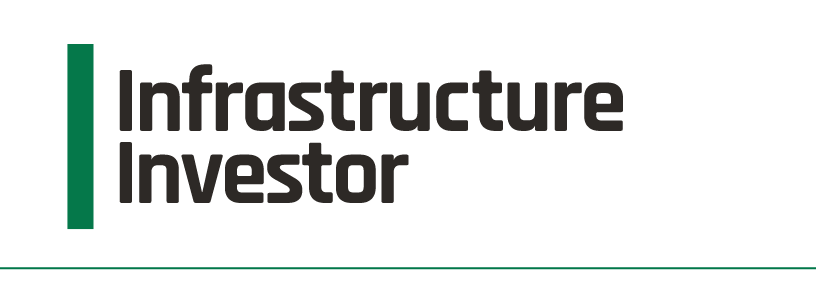Themes of the Year 2019: Fair trade winds ahead
Firms are showing that capitalising on bad trade news today could lead to valuable dividends in the future.
A verification email is on its way to you. Please check your spam or junk folder just in case.
If you do not receive this within five minutes, please try to sign in again. If the problem persists, please email: subscriptions@pei.group .Issues with signing in? Click here
Don't have an account? Register now
Firms are showing that capitalising on bad trade news today could lead to valuable dividends in the future.


Nearly there!
A verification email is on its way to you. Please check your spam or junk folder just in case.
Copyright PEI Media
Not for publication, email or dissemination